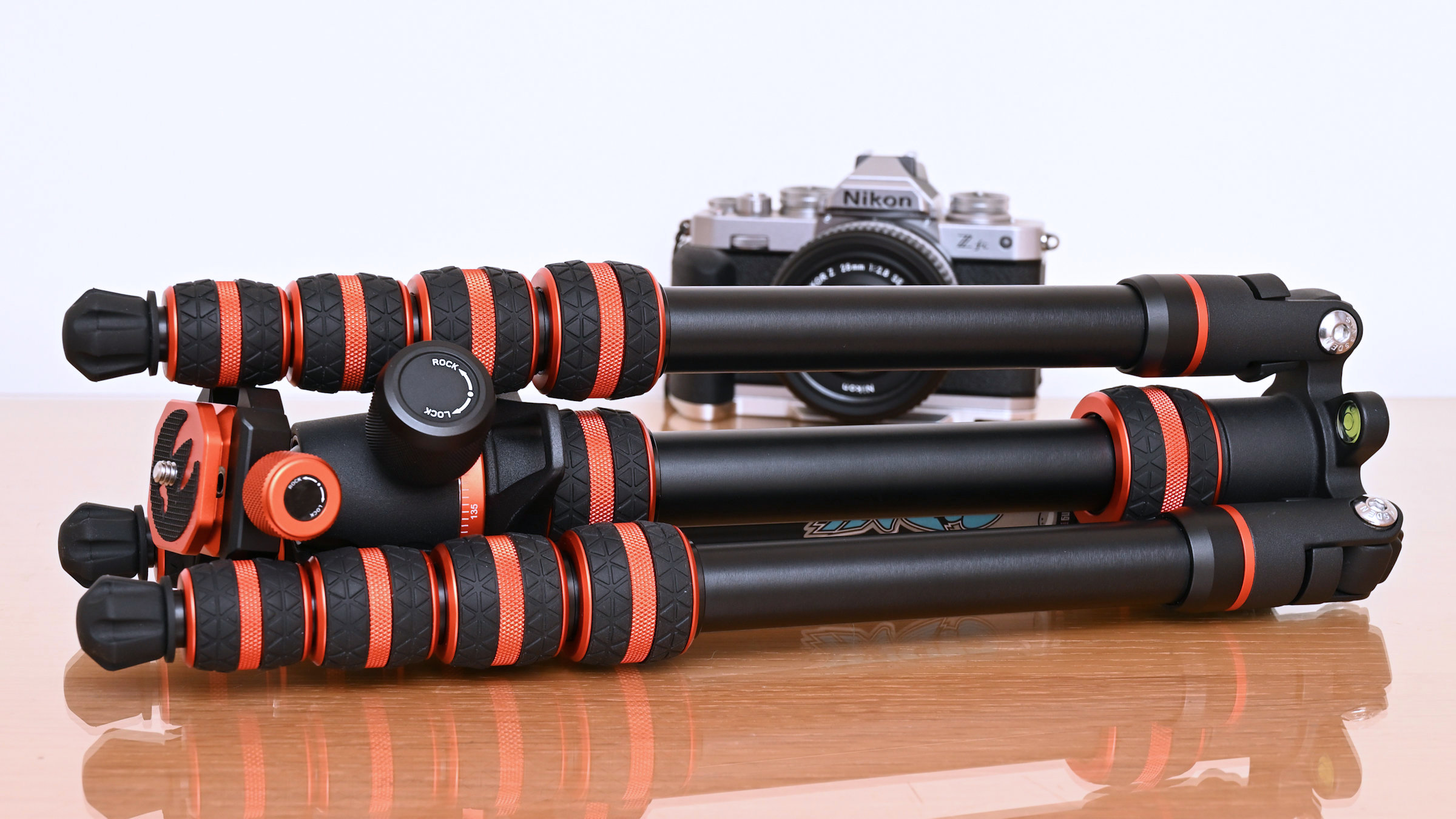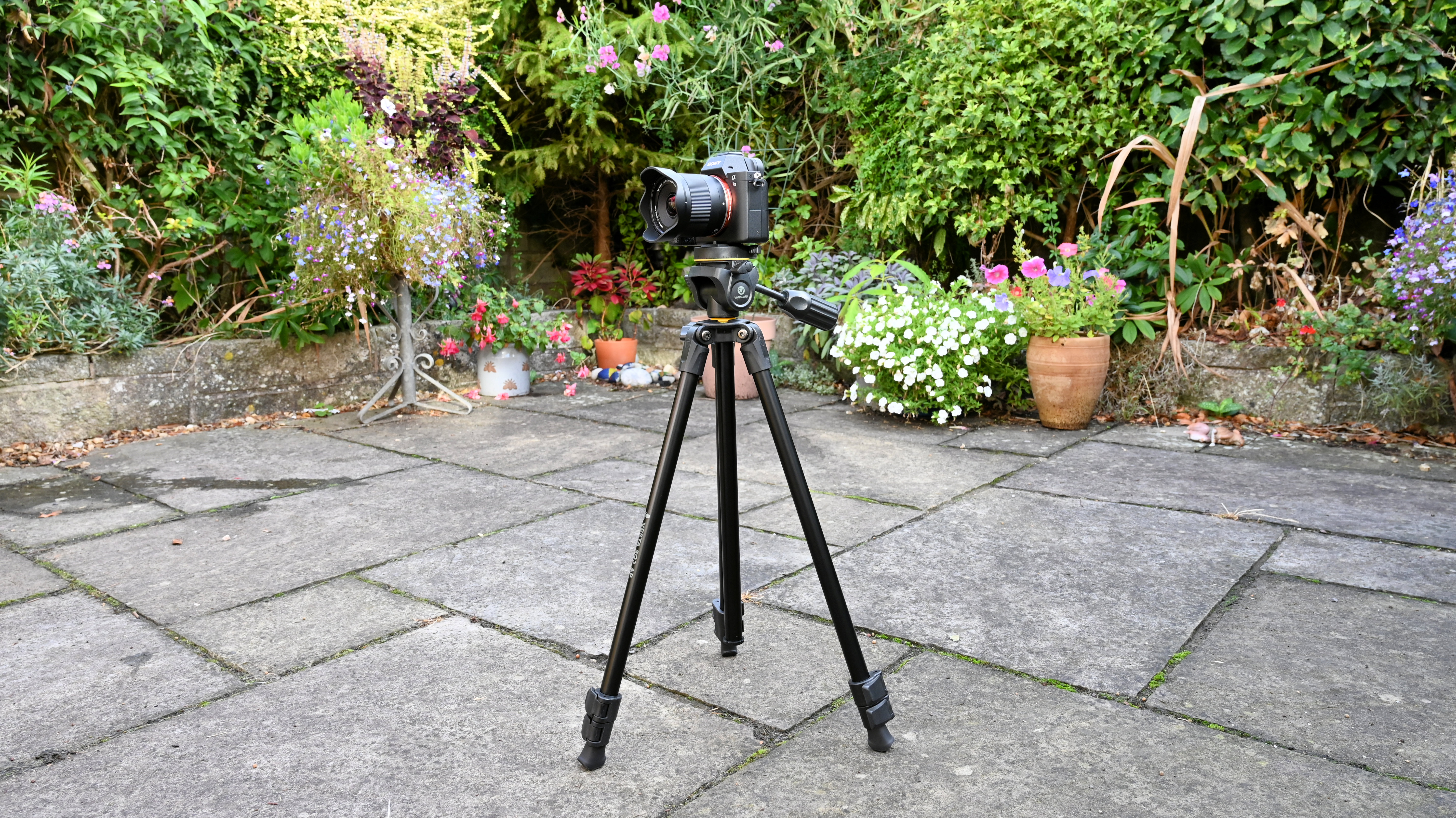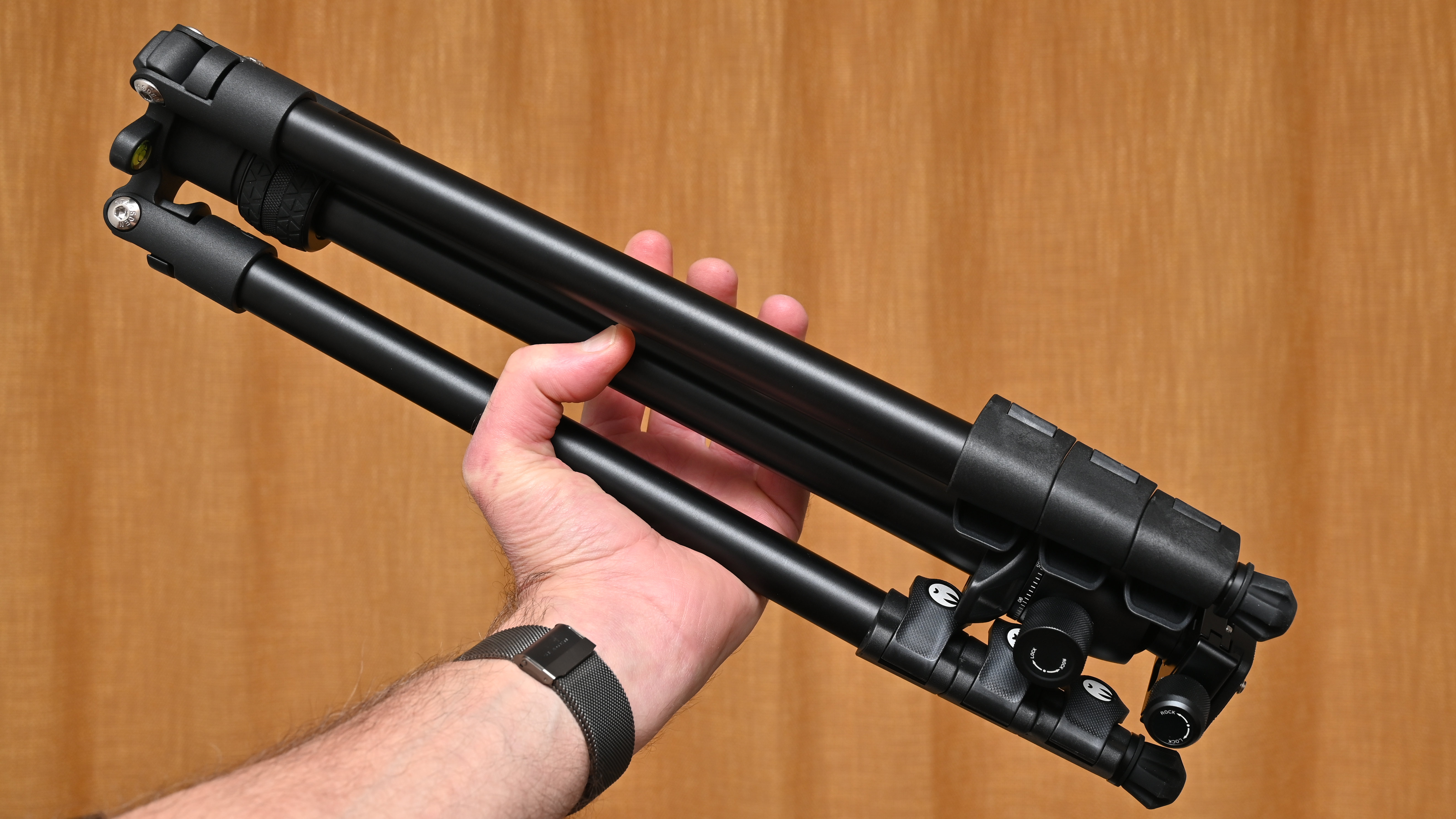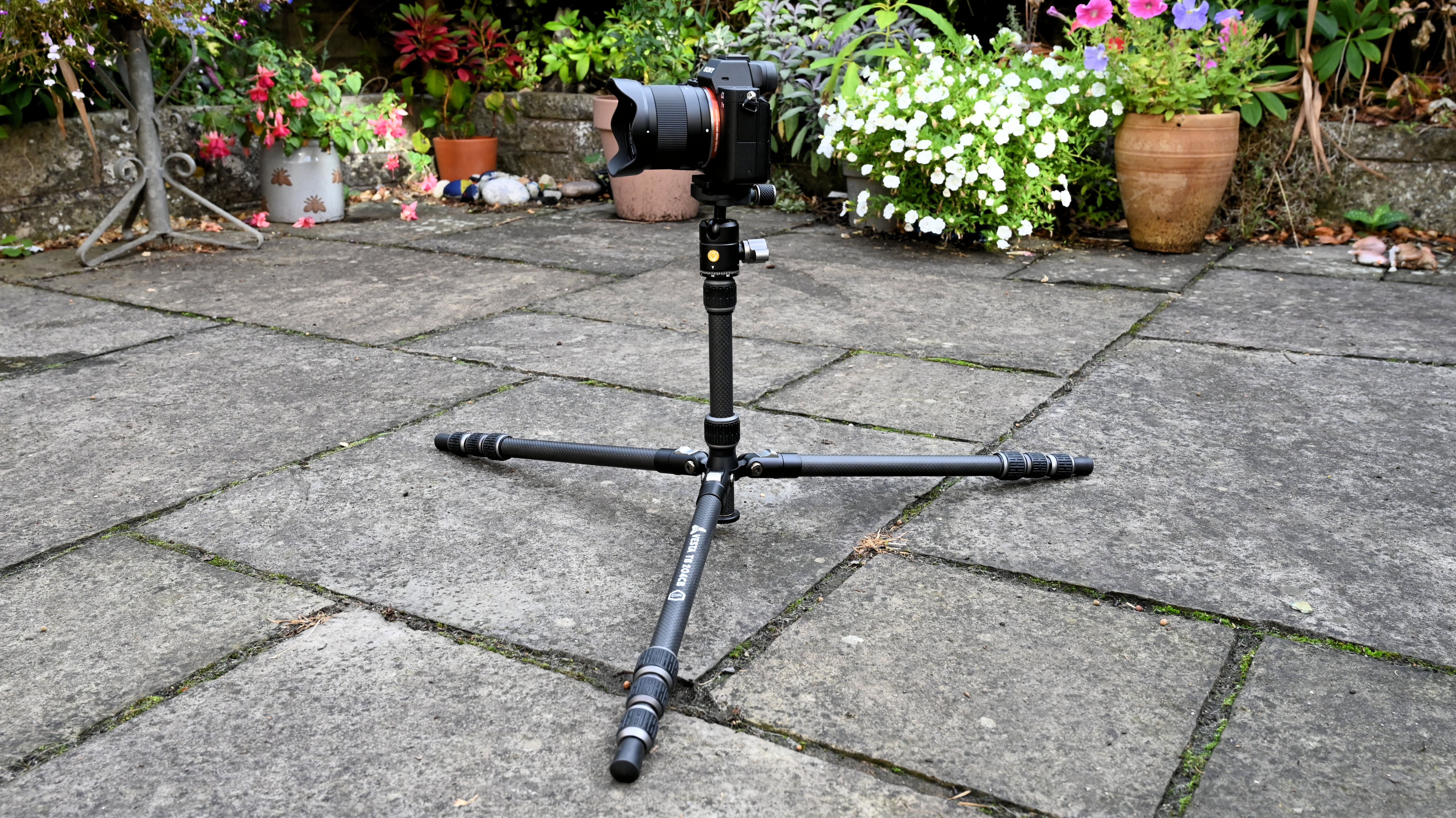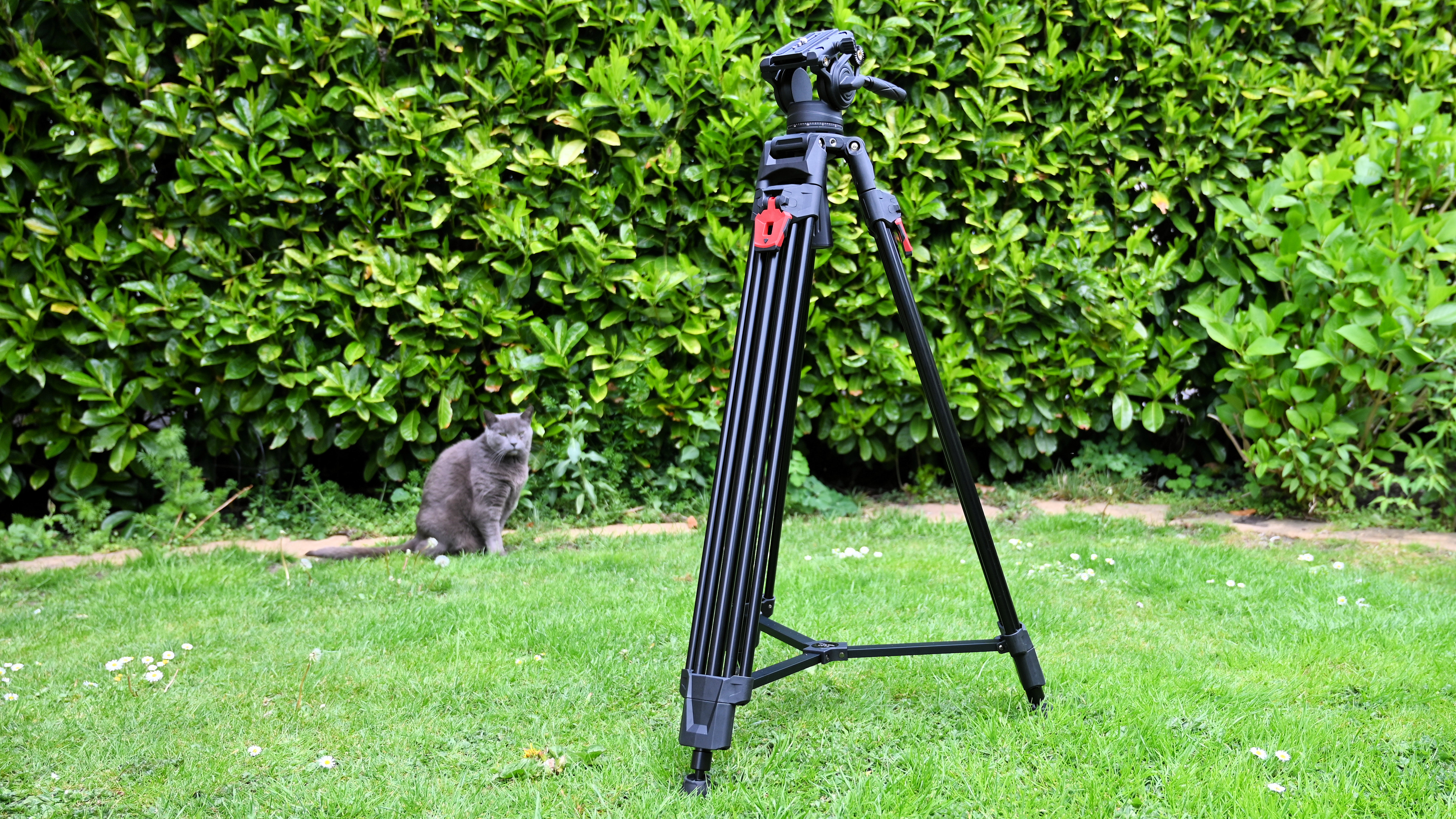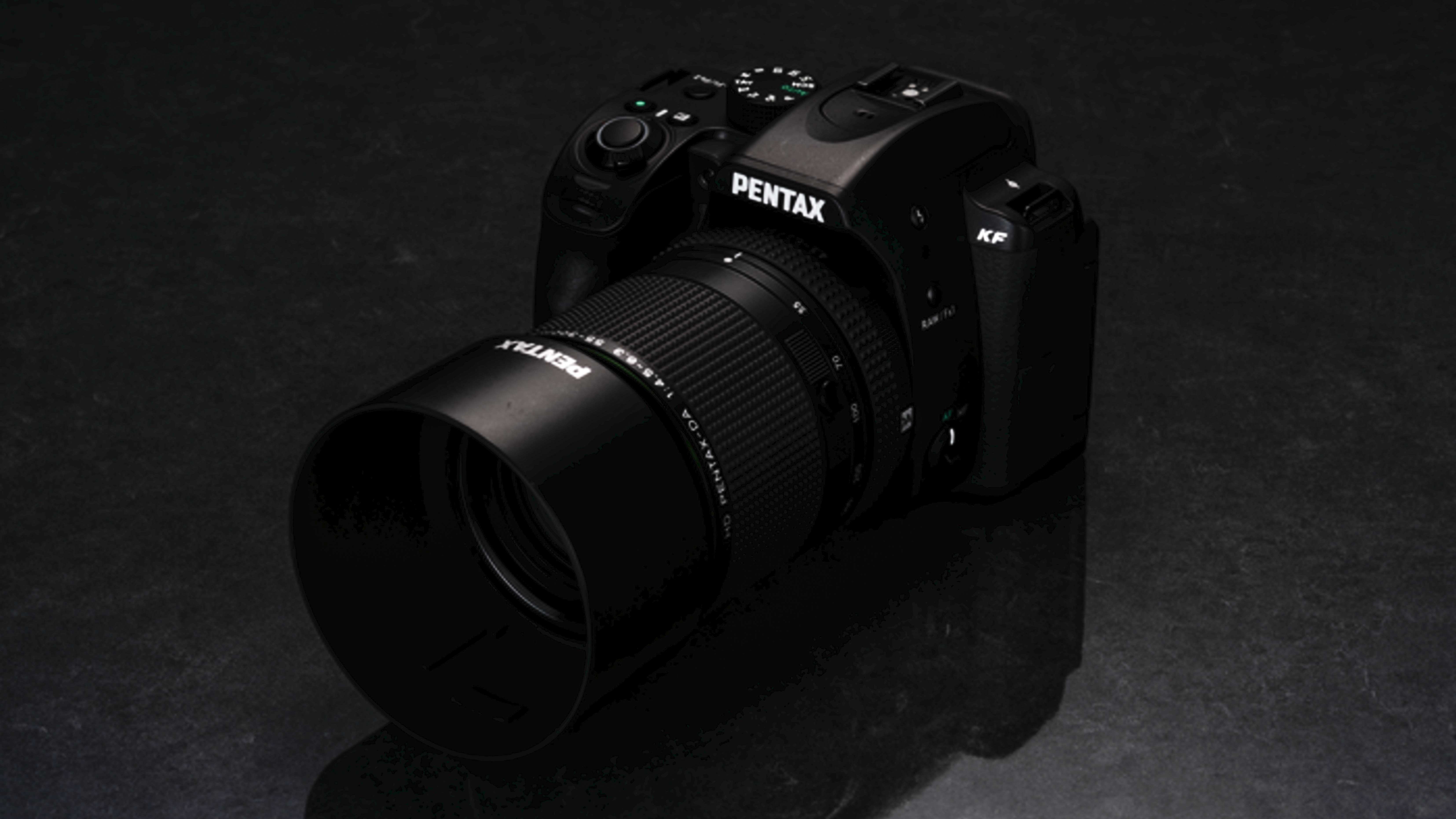The best budget tripods in 2025: get solid support without spending over the odds
A sturdy tripod needn’t make a massive hole in your photography budget – these offer the best bang for your buck right now
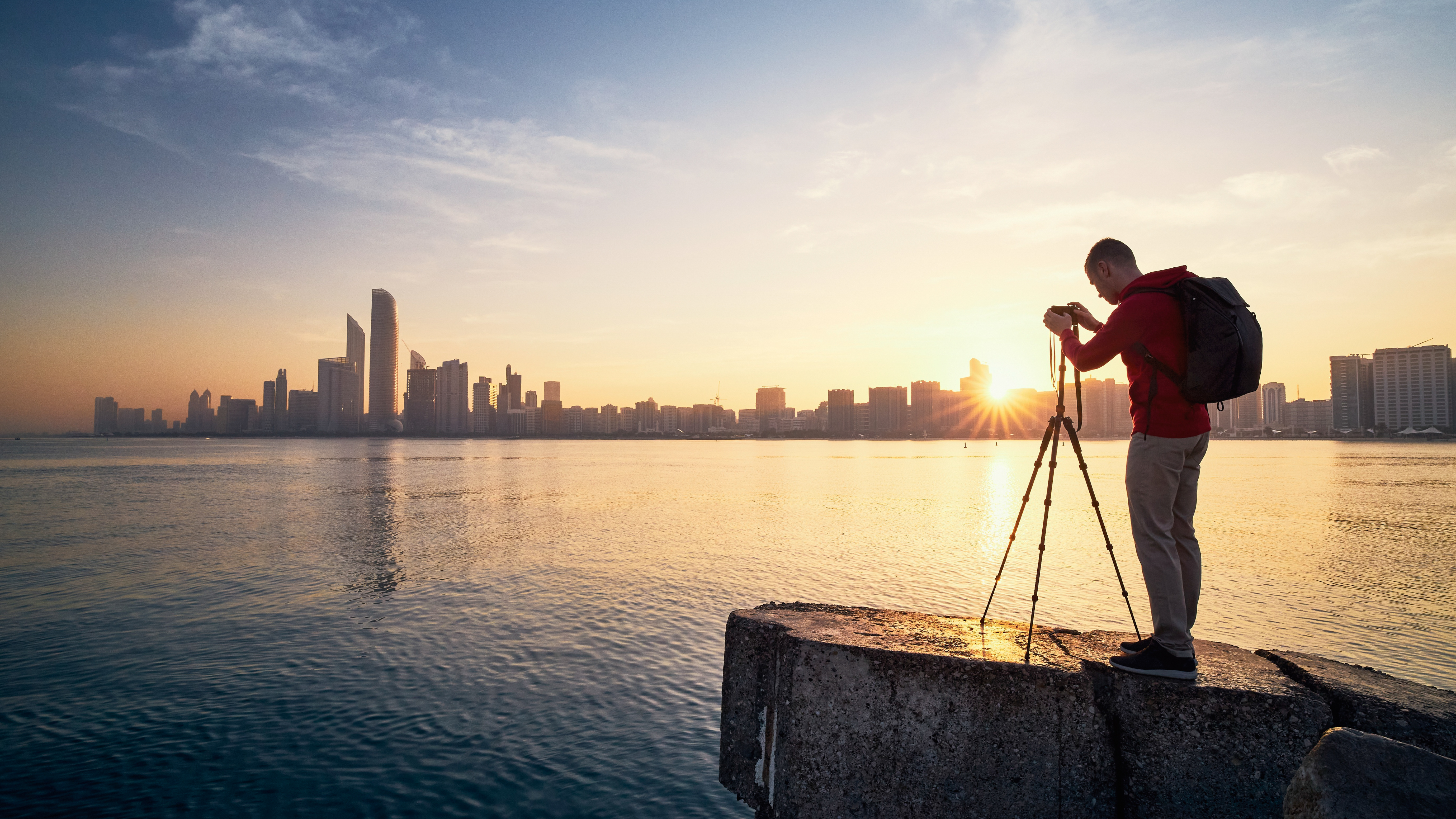
In the mirrorless march to overachieving technology, IBIS (In-Body Image Stabilization) has become a key feature in the vast majority of recent and current cameras. Claims of up to 8-stop effectiveness, or thereabouts, are frequently touted, enabling you to shoot handheld in very low-light conditions. Even so, a decent tripod is still a must-have accessory for most of us, enhancing our versatility as photographers or videographers. Many camera techniques simply aren’t possible without a good, solid camera support, and while tripods can come with quite a high price tag, there are plenty of budget-friendly options that really deliver.
The main concern is that a small outlay will only get you a poor-quality product. There’s certainly the potential for false economy, so it’s best to stick to reputable brand names, many of whom have done a commendable job of offering affordable tripods alongside their more expensive products. To qualify as a 'budget' tripod, I've imposed a typical street price ceiling of $200 / £200 / around AU$400, but be sure to check around as I've noted some retailers sell the same model tripod notably cheaper than their competitors.
Depending on your needs, you’ll want to look at slightly different types of budget tripod, and I’ve included plenty of options in this guide. The majority are 'travel tripods', but I’ve also added in a great-value video tripod with a three-way head that is ideal for videographers, as well as options with reversible central columns for low-down shooting – this is great for macro and close-up work. What I haven't included are tabletop tripods that you'll need to pop on a table or wall and are only suitable for lightweight setups. For those, see our separate guides to the best mini tripods or the best phone tripods.
Sticking to a low budget does rule out certain types of tripod, so you might need to stick with aluminum legs rather than splashing out on pricey carbon fiber. You can also expect a relatively simple ball head as part of a complete kit, but you can always upgrade later with our guides to the best ball heads or best pan-and-tilt heads. Let’s take a closer look at the low-cost tripods that stand out from the crowd.
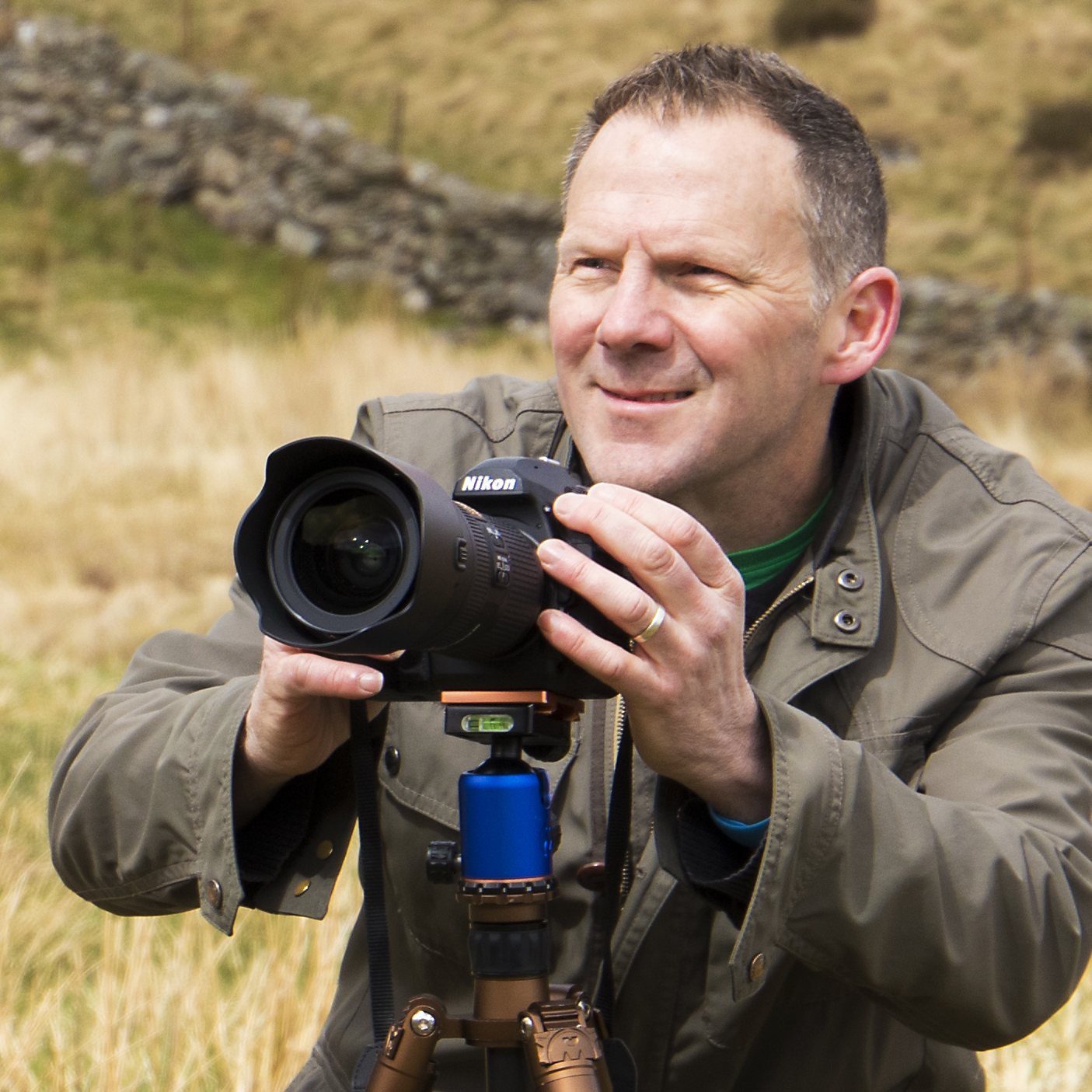
Digital Camera World's Guides Editor Adam has an eye for a nice set of legs and always loves a bargain, but is well aware that 'cheap' can be a false economy. He's hand-picked the best budget tripods that hit the sweet spot of quality and value for this guide.
The Quick List
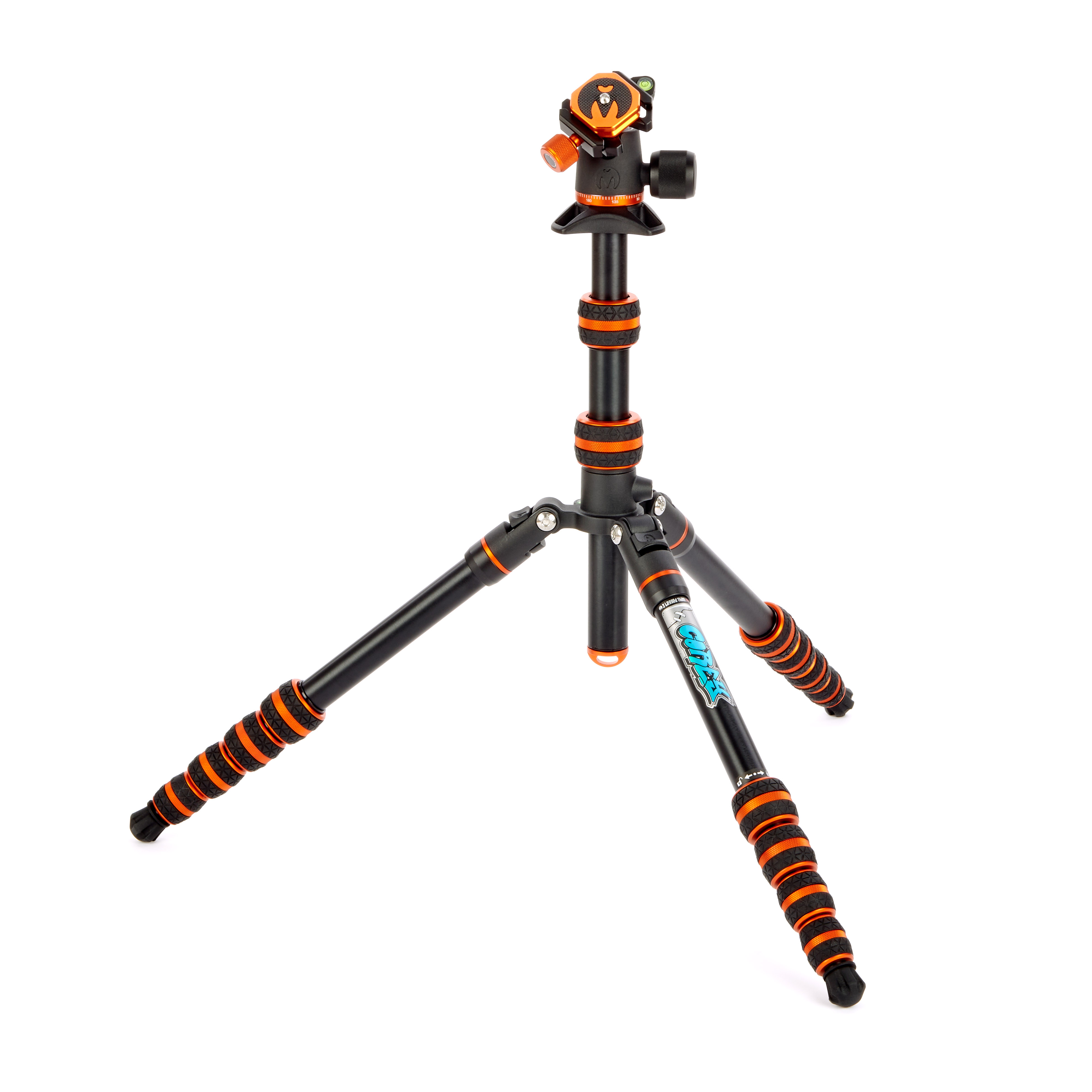
Folding small and extending tall, offering a hefty payload rating, and with the ability to transform into a monopod, I reckon this is the best budget tripod of the lot for most folks.
Read more below…
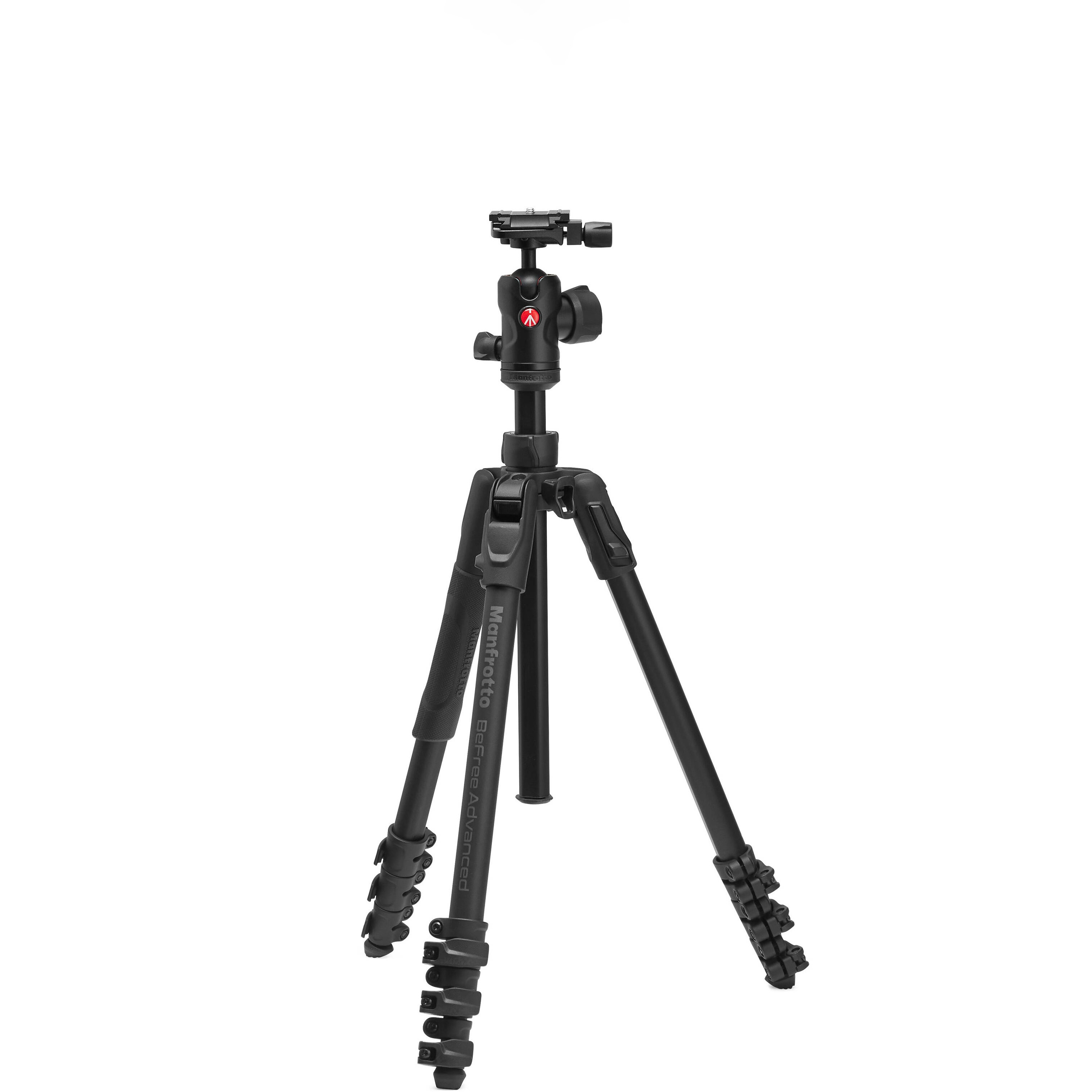
Available with twist or lever leg locks, and in aluminum and carbon fiber build, there's a variation to suit any photographer on a budget.
Read more below…
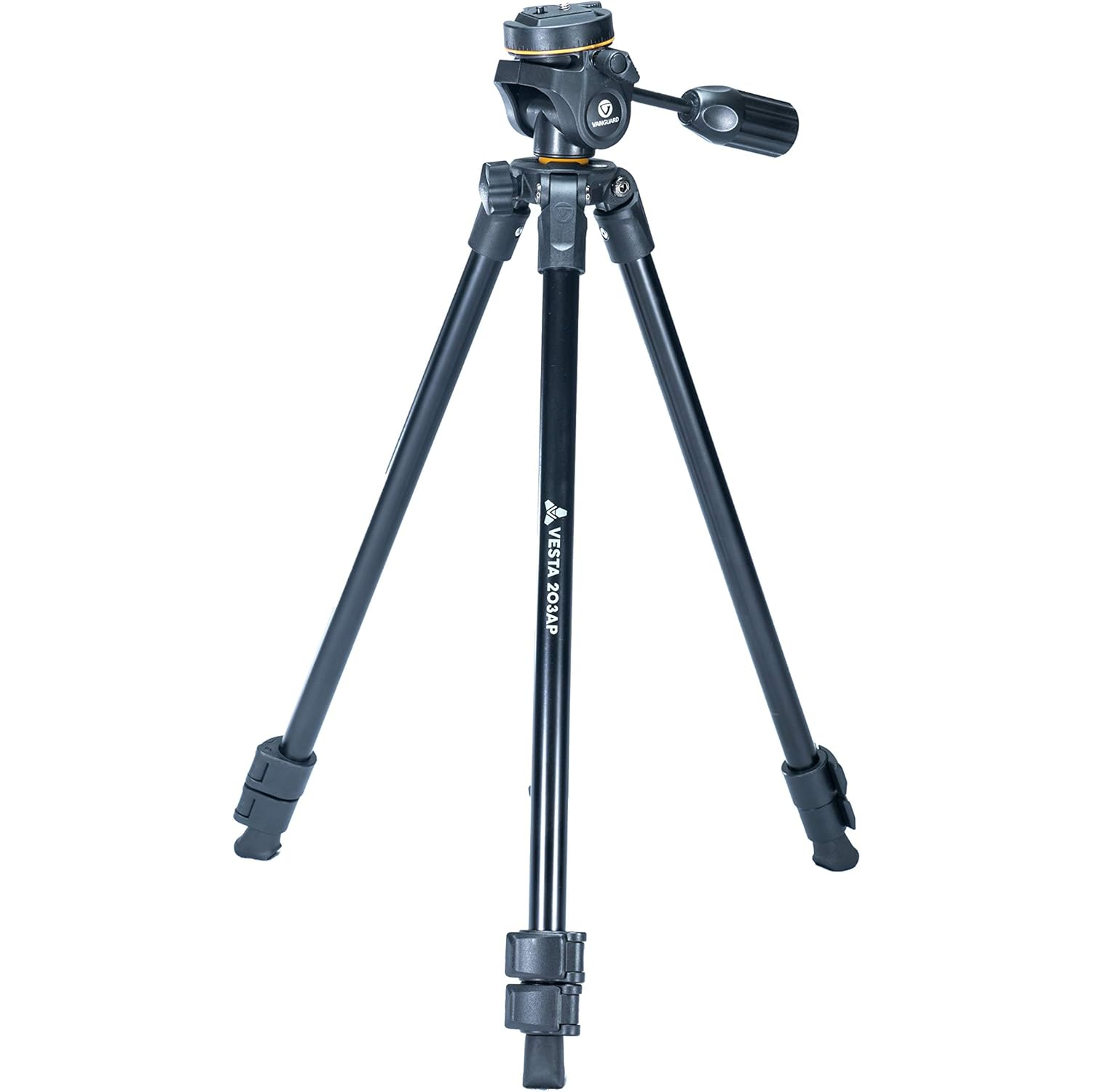
Supplied complete with a rather good pan-and-tilt head, this is an absolute bargain if you can live with the limited height range.
Read more below…
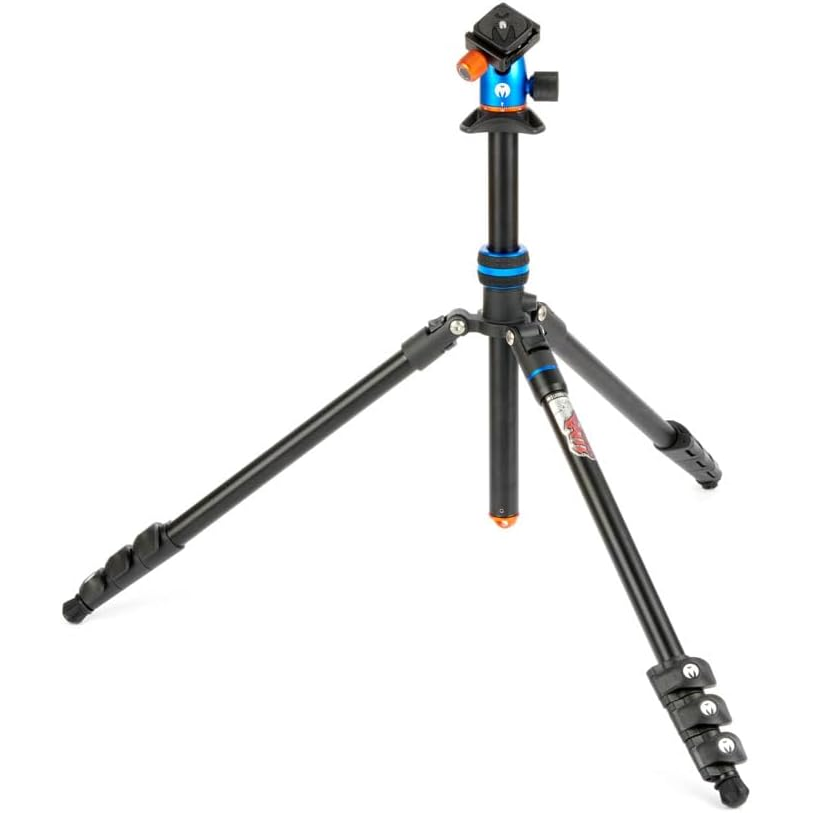
This tripod’s center column can be removed and attached to a leg for use as a monopod, or attached upside down for low-level shooting and macro work.
Read more below…
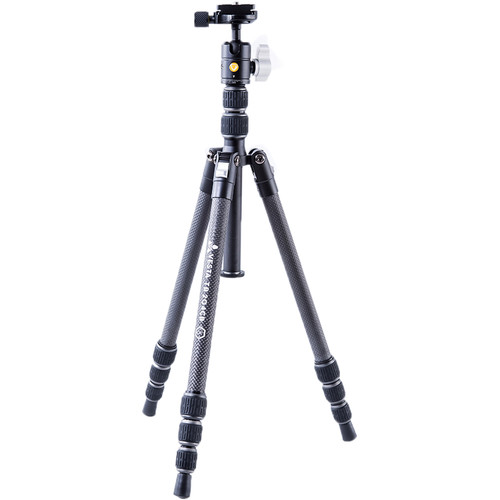
Carbon fiber is usually a catchword for expensive, but not with this surprisingly well-featured model at a rock-bottom price.
Read more below…
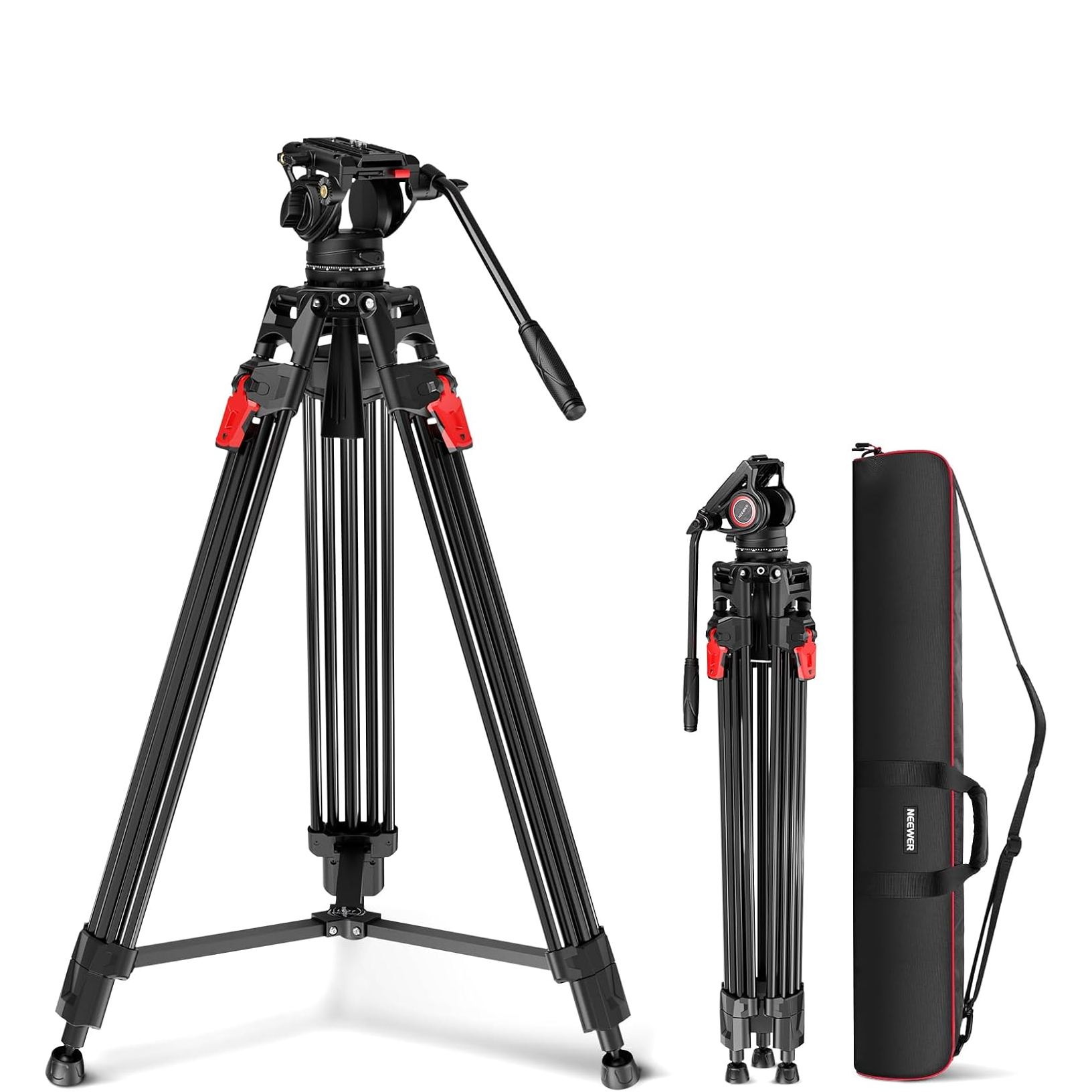
The fluid head included here offers more stability and accuracy than a typical ball head, which means smoother panning. It's remarkable value for a dedicated video tripod.
Read more below…
The best budget tripods
Why you can trust Digital Camera World
Best budget tripod overall
Specifications
Reasons to buy
Reasons to avoid
The 3 Legged Thing Punks Corey 2.0 travel tripod is aimed at hybrid content creators who need a compact yet robust support system. It has an exceptionally compact folded height of 36.1cm, which makes it easy to pack inside a camera bag rather than strapping it to the outside, while still providing a respectable maximum operating height of 146cm. This is due, in part, to its five-section leg columns and two-section center column, yet it still manages an impressive load rating of 14kg (30lbs), which is unusually high for a travel tripod and enables it to take heavier camera and lens combinations in its stride.
The upshot is that it remains rigid and vibration-free and is a rock-solid support under even the most trying conditions. Tricks include a detachable leg that can be used as a monopod, and the option to convert it into a tabletop tripod with optional Vanz footwear. While the legs can be purchased separately, the full kit, which includes the Airhed Neo 2.0 ball head, offers cracking value, and is my pick of the budget tripods.
See our full 3 Legged Thing Punks Corey 2.0 review
Best budget tripod for options
Specifications
Reasons to buy
Reasons to avoid
Some people prefer twist leg locks, others prefer lever-style clamps, and the Manfrotto Befree Advanced AS is available in both variations for around the same price. You can also opt for aluminum or carbon fiber; the latter is pricer and doesn't save a huge amount of weight, so my advice to the budget-conscious is to go for the metal version, which I particularly rate for its excellent value.
It folds to a compact 40cm and reaches a reasonable maximum height of 150cm when fully extended, and has a solid 9kg payload rating, which is pretty good combo for a travel tripod, although that may be a little low for taller ’togs. Three lockable leg angles add to its versatility. Best of all, it comes with Manfrotto's Befree Advanced 494 Center Ball Head, which has an adjustable friction damper and dedicated panning lock, and is topped with an Arca-Swiss compatible plate.
See our full Manfrotto Befree Advanced AS review
Best budget pan-and-tilt tripod
Specifications
Reasons to buy
Reasons to avoid
The Vanguard Vesta 203AP is an exceptionally affordable aluminum tripod kit, making it an excellent value for budget-conscious photographers. Weighing in at just 1.1kg (2.4lb), the tripod is easy to transport. Its design includes a standard three-section leg system, which facilitates a quicker setup compared to models with four or five sections. Despite its simplicity, the Vesta 203AP has a respectable load rating of 3.5kg, making it suitable for compact cameras and smaller mirrorless or DSLR setups.
On the downside, the height range is somewhat restrictive, spanning from a minimum of 53.5cm to a maximum of 155cm, and, when fully extended, it exhibits a slight wobble and susceptibility to vibration. It also lacks multiple locking leg angles for versatile positioning on uneven terrain. The center column is not reversible, which limits creative low-angle or macro shooting.
The included 3-way pan head is really rather good. It boasts a unique capability to rotate the camera platform by 90 degrees, which is particularly useful for capturing images in portrait orientation. While it may lack advanced features and top-tier stability, it's commendable as a basic tripod and a great value proposition considering its low cost.
Read our full Vanguard Vesta 203AP review
Best budget tripod for macro
Specifications
Reasons to buy
Reasons to avoid
The 3 Legged Thing Patti 2.0 is a travel tripod from the company's 'Punks' range aimed at beginner photographers. Made from a magnesium alloy and weighing 1.7kg, it combines travel-friendliness with durability. A neat feature is its ability to convert into a monopod by detaching a leg and connecting it to the center column. You can also invert the center column, so the camera sits upside-down between the legs, making it useful for low-level shooting and macro photography work.
The tripod retains excellent rigidity and stability, even at its maximum operating height of 163cm, and extends even higher, to 166cm, in monopod mode, but its folded size of 45.5cm is not the most compact. The legs are extended using easy-to-operate flip locks, on top of which a tri-mount plate has three accessory spurs. It comes with an AirHed Mini ball head, which boasts a decent 10kg load rating, a single locking knob for movement, and a panning scale, although it lacks an independent panning lock.
See our full 3 Legged Thing Patti 2.0 review
Best budget carbon fiber tripod
Specifications
Reasons to buy
Reasons to avoid
The Vanguard Vesta TB 204CB is a highly affordable and complete carbon fiber travel tripod kit, and the inclusion of carbon fiber legs and a ball head at this price point is remarkable. Weighing just 0.78kg (1.72lb) and folding down to a compact 37.5cm (14.8 inches), it is ideal for travelers who want to pack it inside a daily bag without it being a burden.
The tripod's design features four-section legs with twist-locks and a reversible center column that can be used for low-level shooting. The included T-46 ball head has a quick-release plate, a single locking knob for pan and tilt, and a separate friction control.
Its main limitation is its modest maximum height of 130cm (51 inches) with the center column extended, and the tripod can feel a little bit wobbly at this full height. But on the whole, the Vanguard Vesta TB 204CB is an attractive and well-made kit that offers exceptional value for money, and makes an excellent choice for budget-conscious photographers on the go.
Read our full Vanguard Vesta TB 204CB review
Best budget video tripod
Specifications
Reasons to buy
Reasons to avoid
The Neewer LL27 video tripod with fluid head offers exceptional value for videographers. It is easy to set up with single-lock legs and a leveling bowl base, and has an impressive maximum operating height of 192cm (76in). The fluid head provides smooth panning and tilting, aided by independent locks and a reversible panning handle, while the tripod features robust rubber feet, multi-tube aluminum legs for quick adjustments, and a 75mm (3in) leveling bowl. A long Arca-Swiss compatible quick-release plate has dual connection screws, enhancing stability.
However, its rigidity at full extension could be better, and I found the tripod to be susceptible to vibration when extended to its full height. Its maximum load capacity is fairly modest too, at 8kg (17.6lb), and it lacks the ability to shoot at very low angles. These minor drawbacks aside, the Neewer LL27 is well-built for its price, offering a solid solution for videography needs without a hefty price tag.
See our full Neewer LL27 video tripod review
How to choose the best budget tripod
Aluminum or carbon fiber?
These are the two most common materials used for tripod legs. Aluminum tripods are cheaper but weigh more. They’re ideal if you want the maximum stability for your money. Carbon-fiber tripods cost more but weigh less and absorb vibration better. They’re good if cost is less important than weight – but the price premium can be substantial.
How much height do I need?
Shots aren’t always improved by shooting them at eye level (lower often works best), but it’s also about getting a comfortable working height. Check the height without the column being extended, if you can.
Check the folded length
The weight of a tripod is important if you’re going to carry it any distance, but so is its folded length. If it’s too long to strap to your bag, and it’s unwieldy in trains or climbing over stiles, then it’s going to put you off taking it anywhere. Many so-called ‘travel’ tripods have legs that fold upwards for storage and completely enclose the head. This makes them smaller and neater when folded and easier to carry around.
How many leg sections?
Tripod legs may have three, four, or five sections. A larger number of sections means the tripod is shorter and more portable when it’s folded, but it will usually take a little longer to set up and may well not be quite as stable.
What type of leg locks?
These come in two main types: twist locks and flip locks. Twist locks take up less space and are generally a little quicker to use – you can often unlock all the leg sections in a single movement when you’re setting the tripod up. Flip locks are operated individually and may be a bit slower. Try both types to see which you prefer.
Leg angles
Most tripods have legs that can be angled independently – which is particularly useful when working on sloping sites or in cramped areas. The standard leg angle will be fine for regular use, but it’s often useful to splay one or more legs outwards on uneven surfaces or to rest them on walls, say. Splaying out all three legs will allow you to shoot from a much lower angle.
What type of head should I get?
Sometimes the tripod head is included with the legs, sometimes not. You can change one head for another depending on how you like to work, as the connection is standardized. Ball heads and three-way heads are the most common types. Ball heads are compact and quick to use, but not so good for small, controlled movements. Three-way heads are larger but allow precise adjustments for each axis independently.
You can also find other, specialist heads. Geared heads allow you to make fine adjustments to camera angles. Gimbal heads are designed for use with long, heavy lenses – which can otherwise can unbalance a tripod. And then there are specialist heads for panoramas and video too.
Attaching your camera
Most tripods are sold with heads, and most heads have a quick-release plate so that you can detach the camera in moments for handheld shots. The Arca Swiss-compatible plate is by far the most common, meaning you can swap between different tripod heads, even if they're made by different manufacturers. However some makers, notably Manfrotto, make their own bespoke QR plates, which can be a nuisance if you have two or more tripods from different makers.
Extra features
Detachable monopod legs: These sound really useful – a detachable leg you can then screw into the center column to make a monopod. In practice, I find these often lack the rigidity of a 'real' monopod unless you're starting with a particularly substantial tripod.
Center column: Not all tripods come with a center column, but most do. You can extend this upwards to increase the height of the camera, although this introduces extra wobble. On some tripods, the center column can be rotated to produce an angled boom, which is perfect for overhead shots, macro work, and tabletop photography. Using the center column does reduce the stability of the tripod, however, so is best avoided with long exposures.
Bowl base: This is a video-specific feature that allows you to get the base level without having to make a whole series of tiny adjustments to the leg length. A level base is essential for a video where you want to make panning movements, and the best video tripods come with bowl or leveling bases as standard.
Types of feet: Rubber feet are fine on most surfaces but best on carpets and wooden floors, where you don’t want to cause damage. Metal spikes are good for soft and uneven ground. Some tripods have rubber feet that can be screwed back to reveal spikes.
How we test tripods
We measure the maximum operating height of each tripod and its folded height for carrying, complete with head attached. We also measure the combined weight of each set of tripod legs and head, using electronic scales, and measure the diameter of all leg sections, from the widest to the thinnest, using digital calipers.
We check the ease of use, smoothness and precision of all available adjustments in each set of tripod legs and heads. This ranges from adjusting leg sections and pivot facilities (where available), to the locking mechanisms of the head, as well as independent pan and friction damping adjustments, where fitted.
To check overall stability, we shoot with a range of camera bodies fitted with wide-angle, standard, telephoto and macro lenses. We look for good resistance to flexing and vibrations throughout the whole range of operating heights, including the tallest available settings with the legs and center column fully extended.
Find out more about how we test and review on Digital Camera World
The best camera deals, reviews, product advice, and unmissable photography news, direct to your inbox!

Prior to joining digitalcameraworld.com as Guides Editor, Adam was the editor of N-Photo: The Nikon Magazine for seven years, and as such is one of Digital Camera World's leading experts when it comes to all things Nikon-related.
Whether it’s reviews and hands-on tests of the latest Nikon cameras and lenses, sharing his skills using filters, tripods, lighting, L brackets and other photography equipment, or trading tips and techniques on shooting landscapes, wildlife and almost any genre of photography, Adam is always on hand to provide his insights.
Prior to his tenure on N-Photo, Adam was also a veteran of publications such as PhotoPlus: The Canon Magazine, so his wealth of photographic knowledge isn’t solely limited to the Big N.
